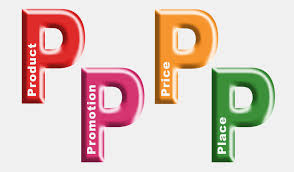Research has always been an integral part of Marketing-it helps companies stay competitive and avoid the high costs of poor decisions based on unsound information.
There are many different roles that you can assume within the field of Market Research. To secure a job, you must have knowledge or experience in the field, and know how to demonstrate that knowledge to employers. As a market researcher, you gather information about the competition or the market and then analyze it to find the best ways to gain an advantage over the competitors.
Remember that a job in Market Research involves a lot of fieldwork. So, be prepared for the run-around. Here are some tips that will help you prepare for a career in Market Research:
1. The main task of a market researcher is to gather and analyse the market so take all the Marketing courses you can.
2. Take courses in Statistics and Quantitative Methods.
3. Acquire internet and computer skills. Knowledge of programming languages is an added asset.
4. Take courses in Psychology and Consumer Behaviour.
5. Acquire effective written and verbal communications skills.
6. Learn to think creatively.
7. You can get a job in Market Research with a Bachelor’s degree, like BBA. You don’t always need an MBA, but many employers prefer it.
8. The most common entry-level position is of an Operational Supervisor or a Junior Research Analyst.
9. There is a lot of scope to learn on-the-job. The field requires a lot of people from a variety of backgrounds.
10. Technical posts like statisticians require a strong background in statistics.
11. Some of the positions available include Vice President of Marketing Research, Research Director, Assistant Director of Research, Project Manager, Statistician, Data Processing Specialist, Analysts, Fieldwork Director, etc.
12. Some research jobs require you to study the effects of a product’s package or advertisements on consumers. Or you may have to analyse market statistics or even asked to develop completely new products.
13. Getting some related skills and experience will help you stand out in interviews. Try and get an internship that helps you learn about the field.
For the best preparation for a career in Marketing Research refer to “Careers in Marketing Research by Naresh K Malhotra and Satyabhushan Dash”: bit.ly/1Cf5QD6.
This book helps to master skills related to Marketing Research, from assessing information needs to providing the company with relevant, accurate, reliable and current information, and assisting marketing decision-making in a very effective way. The research process discussed in the book is not limited to just marketing, but applies to any area of management.



